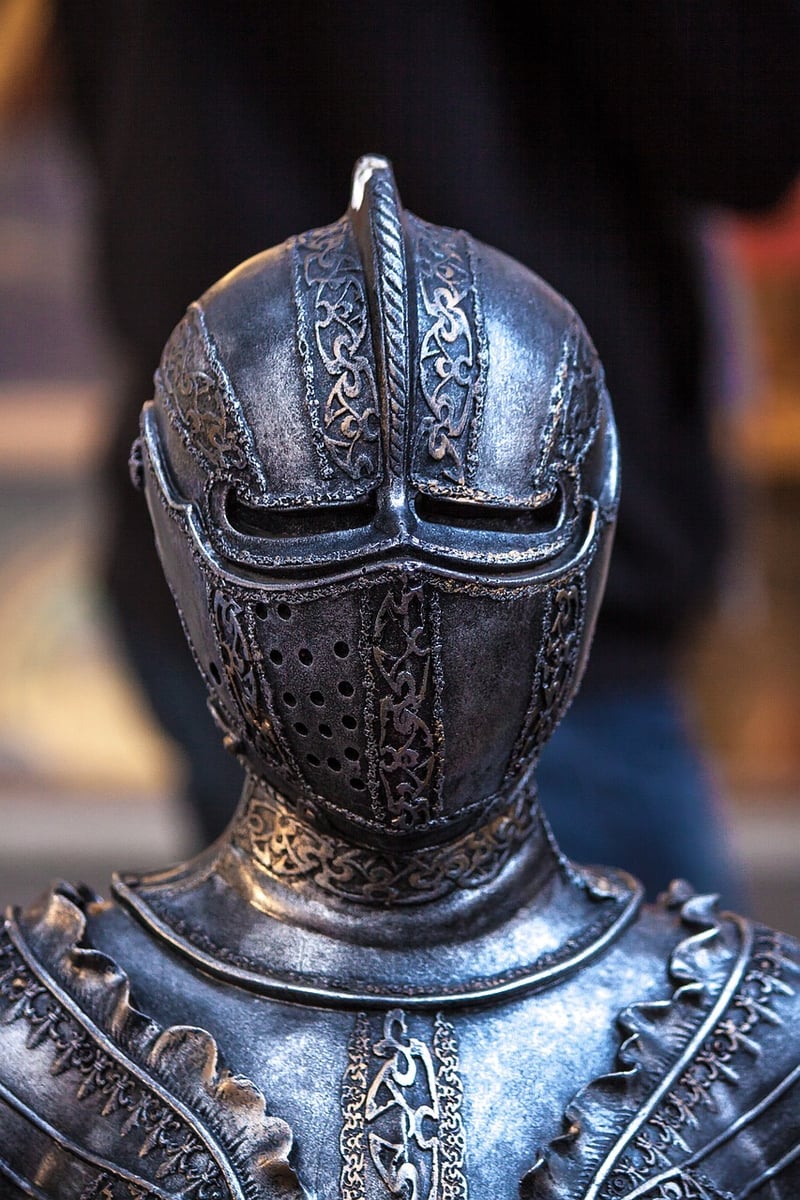Historical Etiquette
Guidance for Time Travelers and Historical Etiquette
Introduction
Welcome, time travelers, to a unique journey through different eras and historical periods! As you navigate the complexities of time travel, it's essential to understand the intricacies of historical etiquette to blend in seamlessly with the past. Let's delve into some essential guidance to help you make the most of your time-traveling experience.
Ancient Civilizations
When visiting ancient civilizations such as Egypt or Rome, remember to show respect for local customs and traditions. Dress modestly, adhere to cultural norms, and be mindful of your behavior in sacred sites. Engage with locals respectfully and immerse yourself in the rich tapestry of ancient life.

Medieval Times
In the medieval era, chivalry and honor were paramount. If you find yourself in a medieval court or castle, address nobility with proper titles and observe courtly protocols. Brush up on your swordsmanship and jousting skills for a truly immersive experience in the age of knights and fair maidens.

Victorian Era
During the Victorian era, manners and etiquette were highly esteemed. Pay attention to social hierarchies, dress elegantly, and master the art of polite conversation. Whether attending a grand ball or afternoon tea, knowing the nuances of Victorian etiquette will be invaluable.

Roaring Twenties
As you step into the Jazz Age of the 1920s, embrace the spirit of rebellion and glamour. Dance the Charleston, sip on cocktails in speakeasies, and immerse yourself in the vibrant world of flappers and dapper gentlemen. Remember, prohibition is in effect, so be discreet in your revelry.

Conclusion
Time travel offers a unique opportunity to explore the past firsthand, but it comes with the responsibility of respecting historical etiquette. By following these guidelines and immersing yourself in the customs of each era, you'll truly make the most of your time-traveling adventures. Bon voyage!
For more information on historical etiquette and time travel, visit History.com.
